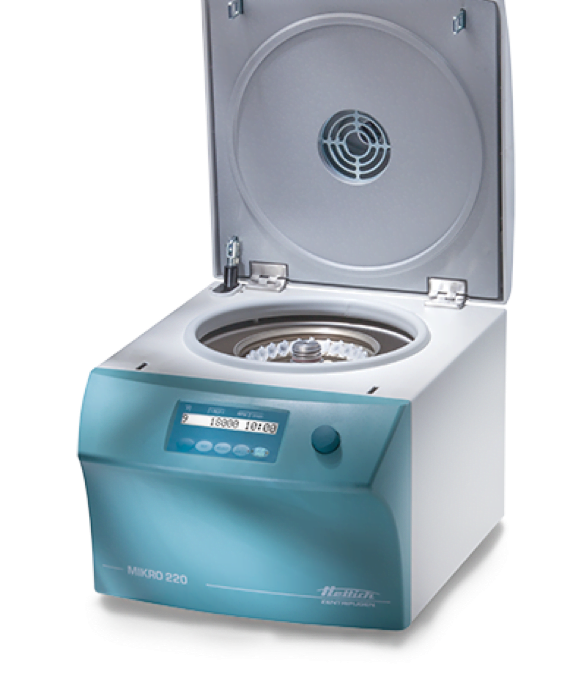Clinical centrifuges are an essential tool for medical professionals, used to separate fluids and particles. The working principle of a centrifuge is based on the idea that particles of different densities will settle in a fluid when spun at high speeds.
This process allows medical technicians to quickly analyze samples, such as blood or urine, by separating out the desired particles.
How a Clinical Centrifuge Works
The process of centrifugation relies on the force known as “centrifugal force.” This is the same principle behind a merry go round at the playground; when it is spun, people sitting near the edge experience an outward pull. This outward movement results from an inward acceleration due to the spin of the ride.
The same principle applies to clinical centrifuges. When the sample is placed inside the centrifuge and spun rapidly, the particles of different densities will move away from each other. The heavier particles settle at the bottom while lighter particles remain suspended in the fluid.
Once the desired particles are separated, they can then be analyzed for diagnostic purposes. In the case of blood samples, for example, the different components such as red and white cells, platelets and plasma can be identified. In urine samples, the presence of proteins, acids or other substances can be detected.
Uses of a Clinical Centrifuge
A clinical centrifuge is an invaluable tool in the medical laboratory. It plays an important role in many diagnostic tests, by separating serum and plasma which is an important step to detect various diseases and conditions.
The uses of a clinical centrifuge vary depending on the situation but it can be used to:
- Separate samples into two or more components: With the help of a centrifuge, it is possible to separate solid or liquid particles based on their sizes, densities. This process helps in isolating important elements for further testing.
- Purify proteins. Another common use for a clinical centrifuge is to separate proteins from other components in liquid samples. Centrifugal force separates molecules and particles in the sample based on size and density. This process can be used to purify proteins for further study or analysis.
- Concentrate cells and particles: Centrifugation can help in concentrating small particles or cells from a large sample, which makes it useful for biochemical analyses as well as to prepare samples for microscopy.
- Purification of DNA Samples: DNA samples can be purified using a clinical centrifuge. This is done by spinning the sample in a tube at high speed and then collecting the resulting sediment for further analysis.
- Prepare samples for further testing: By concentrating or separating different components, clinical centrifuges can help prepare samples for different tests. This allows medical professionals to accurately assess the health of a patient and diagnose a wide range of conditions.
Overall, clinical centrifuges are essential tools in any laboratory setting. They can be used to separate components of a sample, purify proteins and nucleic acids, concentrate cells or particles, detect diseases and conditions, and prepare samples for further testing. With the help of these tools, medical researchers can obtain reliable results that can aid in patient care.
Categories
- Addiction Recovery
- Baby Care
- Beauty
- Chiropractor
- Dental
- Diet
- Disability
- Diseases
- Eye Care
- Featured
- Fitness
- Food
- Hair Care
- Halfway house
- Health
- Health Consultant
- Health Drinks
- Medical Equipment
- Medicine
- Mood Disorders
- Nursing
- Orthopedic
- Pain Control
- Pain Management
- Plastic Surgery
- Podiatrist
- Pregnancy care
- Psychiatrist
- Weight Loss
- Wellness
- Yoga

